Why are my tubeless tyres leaking?
Tubeless tyres have their benefits but if yours are repeatedly losing air here are the reasons and, vitally, the fixes
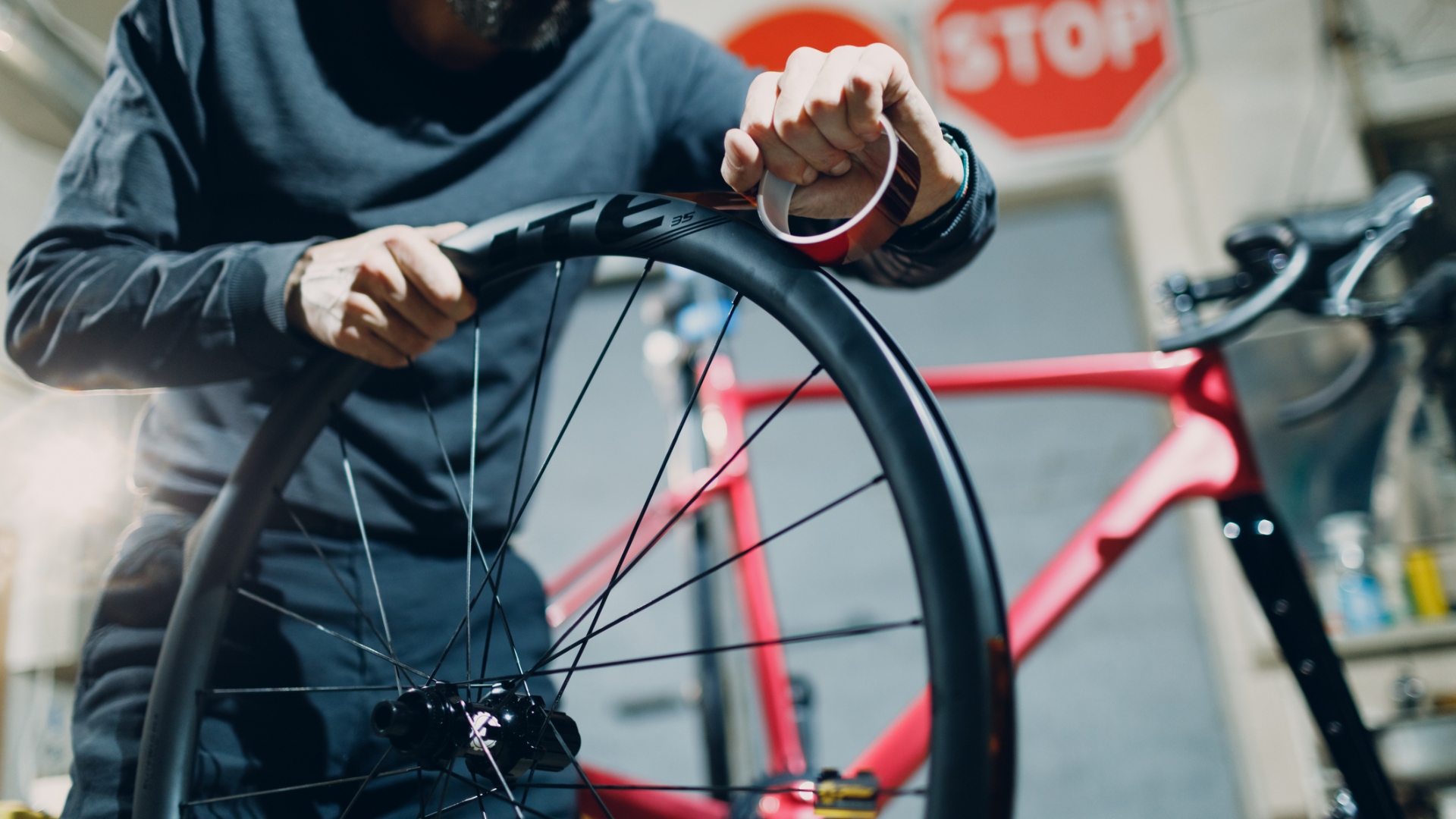
Tubeless technology offers potential advantages over the humble but effective inner tube but it’s not without issues. The most common gripe is the loss of air. For many users, tubeless tyres appear to drop pressure at a far greater rate than their tubed counterparts.
While any tyre, especially lightweight models with thinner, more permeable sidewalls, will leak some air over time, if they do so quickly, or with regularity, then there’s likely an issue that needs addressing.
Tubeless tyres require a number of compatible components to complete the system - the tyre, the rim, the rim tape, the valve and the sealant. All need to be in good working order; any one, or indeed a combination thereof, can be the guilty party when it comes to a loss of tyre pressure.
The tyres
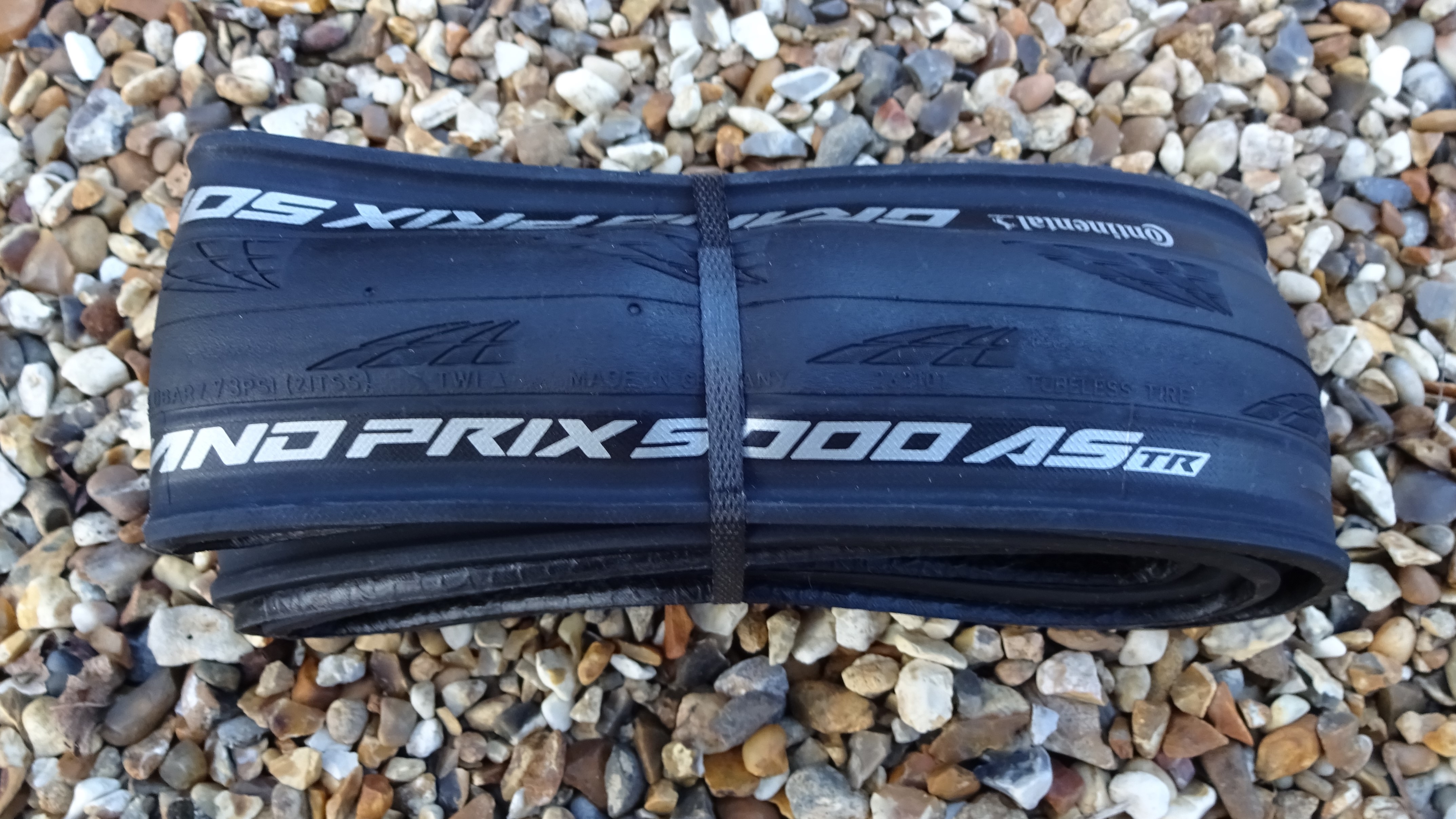
A folded tubeless-ready tyre like the Conti 5000 AS TR may require the bead to be straightened to ensure an airtight seal
Your tyres will need to be tubeless compatible for the system to work. If they aren’t you won’t get an airtight seal due to the bead diameter and the sidewall construction. Obvious perhaps, but if your tyre pressure has dropped rapidly after installation then it’s worth checking the compatibility of your tyres.
Assuming that your tyres are tubeless compatible it could be the seating of the tyre that’s causing issues. First check the rim isn’t damaged, looking for any dents or imperfections. If it's a new tyre that’s leaking air it could be that the bead, having been folded before installation, hasn’t quite straightened out enough to ensure proper seating. Installing an inner tube and leaving it for a day or two can solve the problem.
If you’re unsure if your tubeless tyre is seated correctly then using a dedicated compressor is wise; it remains the best way to seat tubeless tyres and allows you to do so without having to resort to over-inflating the tyre, which can damage the tape and rim.
The rim tape
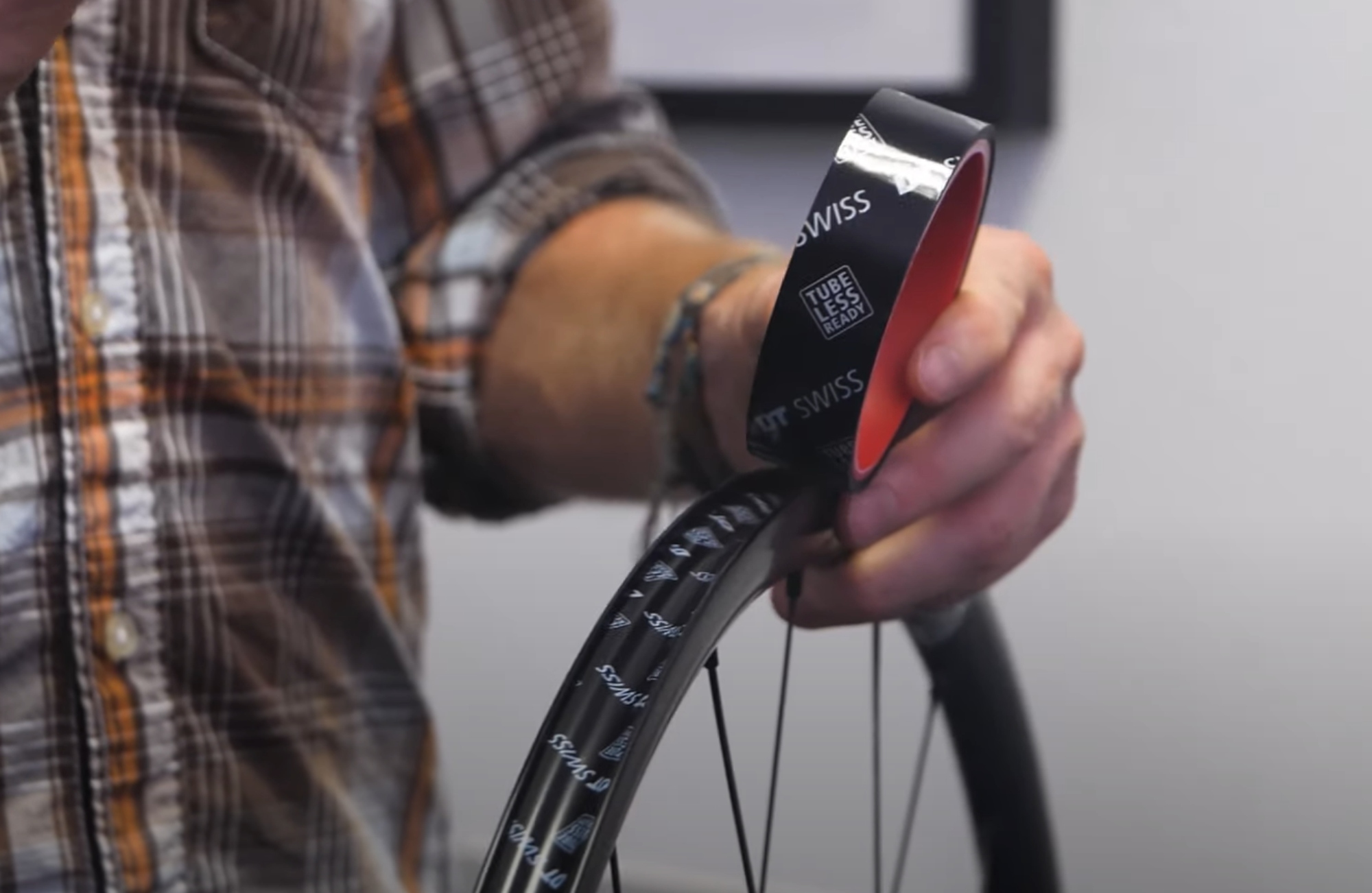
Fitting tubeless tape correctly require patience and precision
While some tubeless rims beds don’t have spoke access holes, many tubeless-ready options do and these require tubeless rim tape to cover the holes to prevent any air from getting into the rim cavity. If your tubeless tyres are losing air, it could be that the rim tape was incorrectly fitted or has moved after installation.
The latest race content, interviews, features, reviews and expert buying guides, direct to your inbox!
Care and attention is required when fitting tubeless tape. It needs to be installed to a clean rim as dirt and dust can prevent the tape from sticking properly. It also needs to be applied with a little pressure in a similar fashion to wrapping bar tape to ensure that it seats well in the rim bead - if your tape has air bubbles and wrinkles then this could be the culprit. As before, installing an inner tube and leaving overnight can also help iron out these wrinkles. You’ll also need to match the tape to the internal width of your rims; this could mean double-wrapping or doing a single wrap with a wider tape.
Tubeless rim tape can be dislodged during the fitting or changing of tyres, typically when tyre levers are overused in the process. If your tyres are leaking air, check that the tape hasn’t been damaged.
The valve
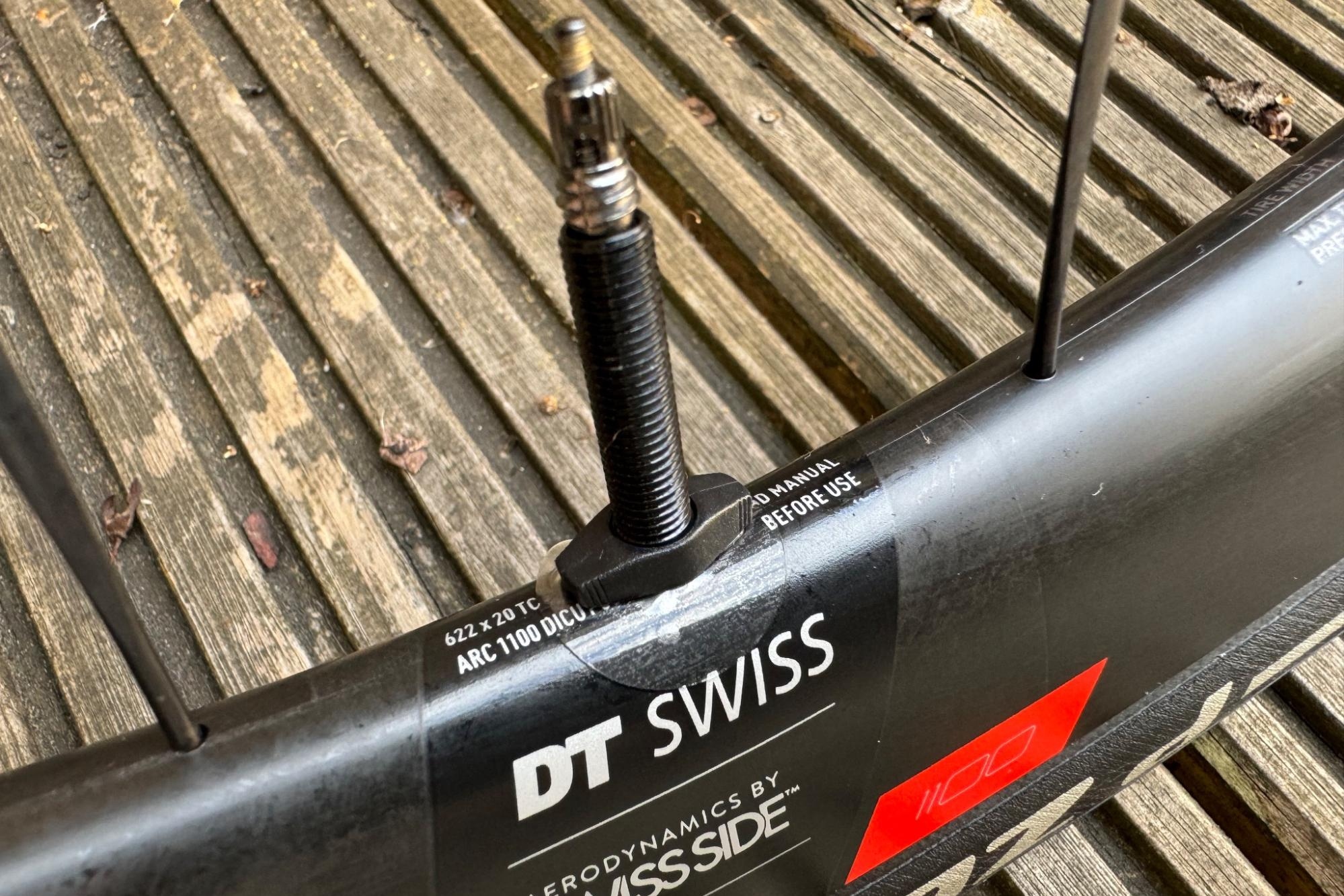
You'll need to ensure that the valve collar is tight to prevent air from escaping
The next port of call is the valve. A tubeless set-up requires a dedicated tubeless valve and its outer collar needs to be closed to stop any air from escaping. If your valve collar is tight you’ll want to check how the valve is seated; the rubber ‘wedge’ that sits against the rim needs to be pushed down rather than sitting loosely above the rim. At this point it’s also worth checking that the rim tape around the valve hole isn’t damaged. The tape can split around the hole, especially if the valve has been inserted without due care; it’s best to slowly turn the valve into the hole rather than push it through as this can cause the hole in the tape to expand.
The sealant
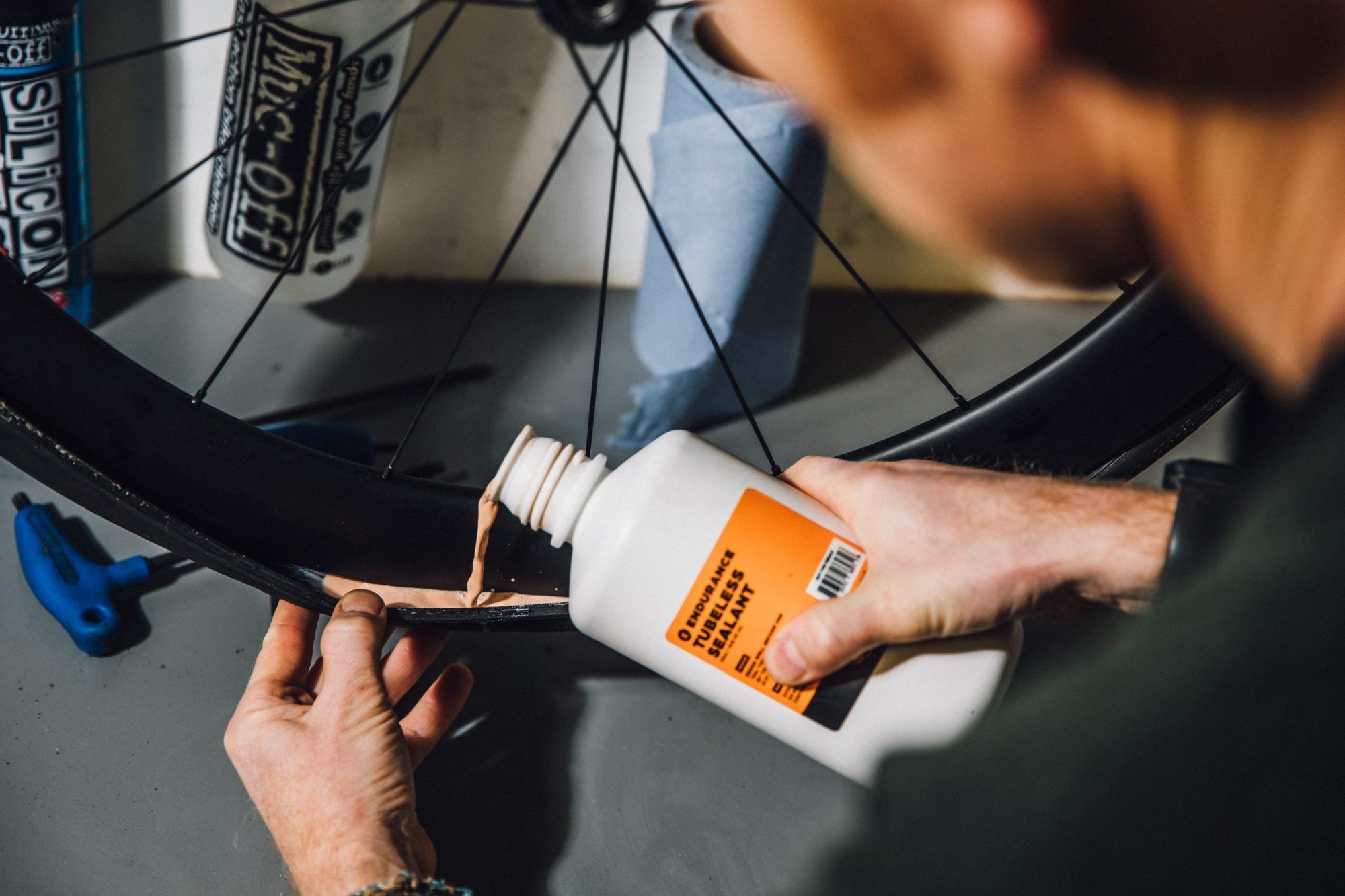
Adding fresh sealant from time to time is a necessity to stop leaks
If all of the above checks prove fruitless then the loss of air is likely to be the product of the sealant. Or lack thereof to be precise.
If you haven’t topped up your sealant for a while it could be that it’s simply dried out, rendering it unable to plug any punctures in your tyre. By giving the wheel a spin you should be able to ascertain if this is the case.
If you’ve recently converted to tubeless and the sealant is fresh, you may want to check that you’ve added enough; tyre and sealant manufacturers will specify an amount to use based on your tyre choice.
Luke Friend has worked as a writer, editor and copywriter for over twenty five years. Across books, magazines and websites, he's covered a broad range of topics for a range of clients including Major League Baseball, Golf Digest, the National Trust and the NHS. He has an MA in Professional Writing from Falmouth University and is a qualified bicycle mechanic. He has been a cycling enthusiast from an early age, partly due to watching the Tour de France on TV. He's a keen follower of bike racing to this day as well as a regular road and gravel rider.
You must confirm your public display name before commenting
Please logout and then login again, you will then be prompted to enter your display name.